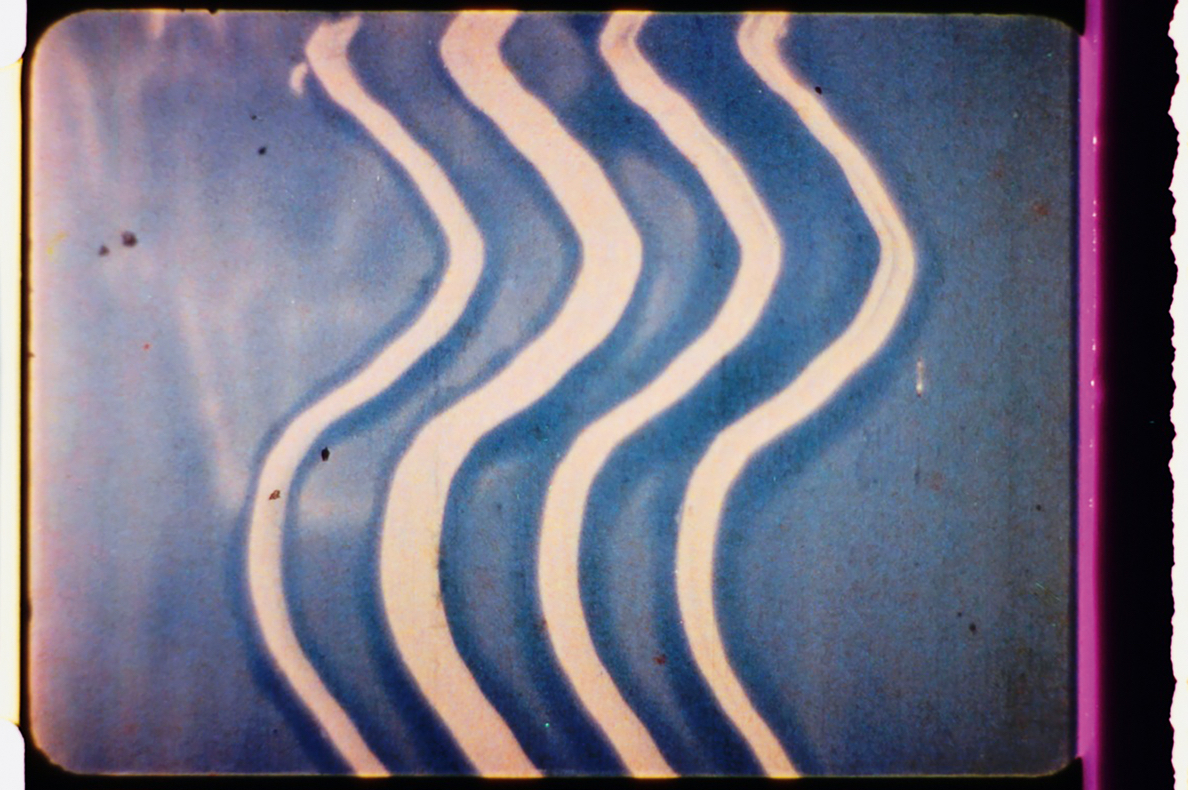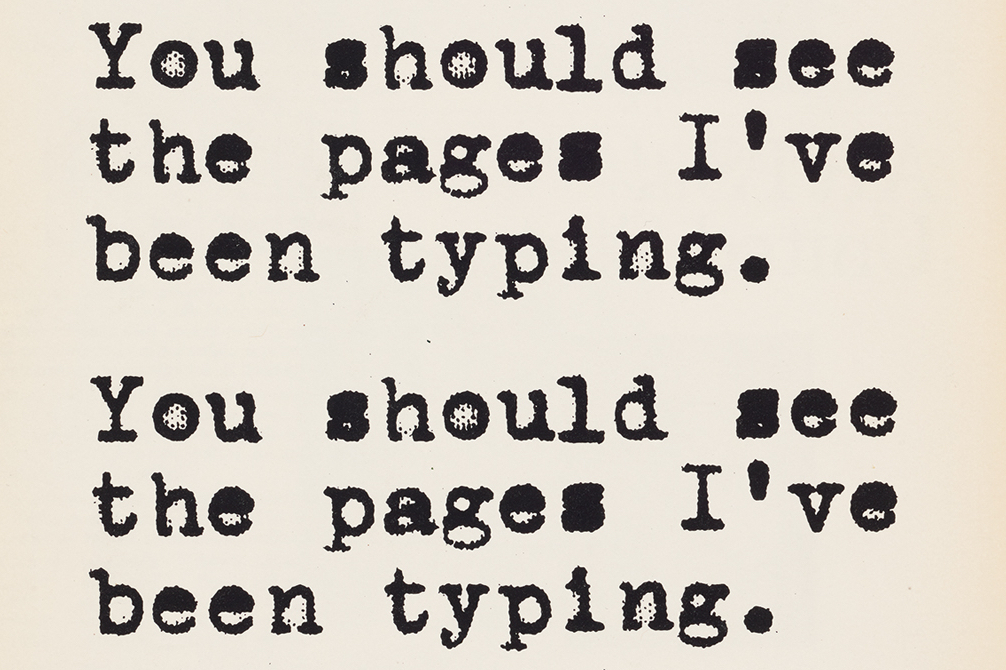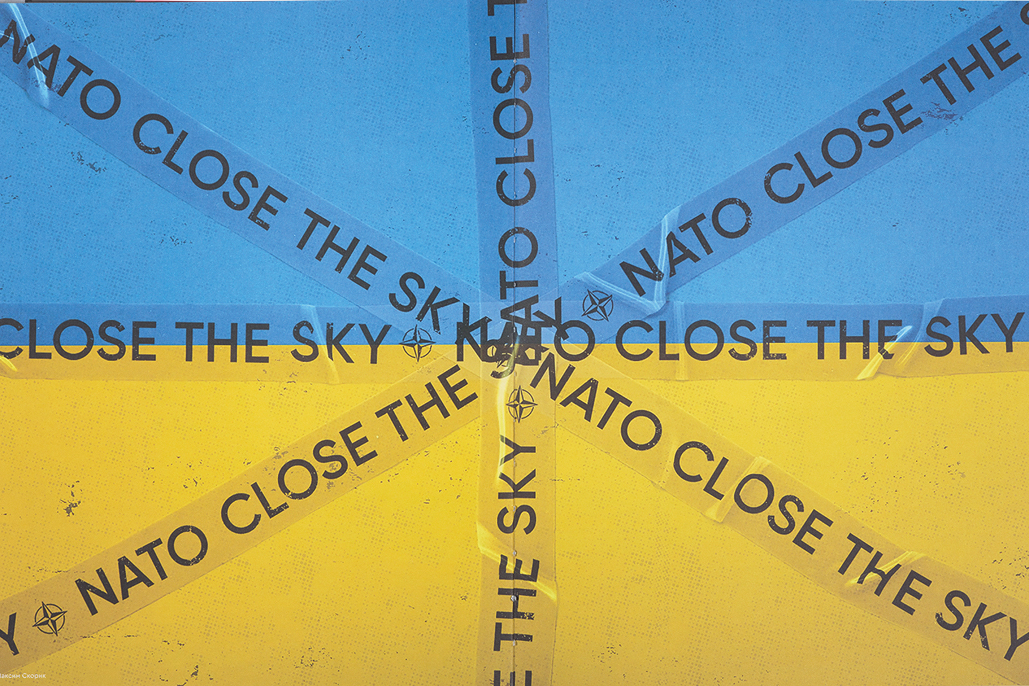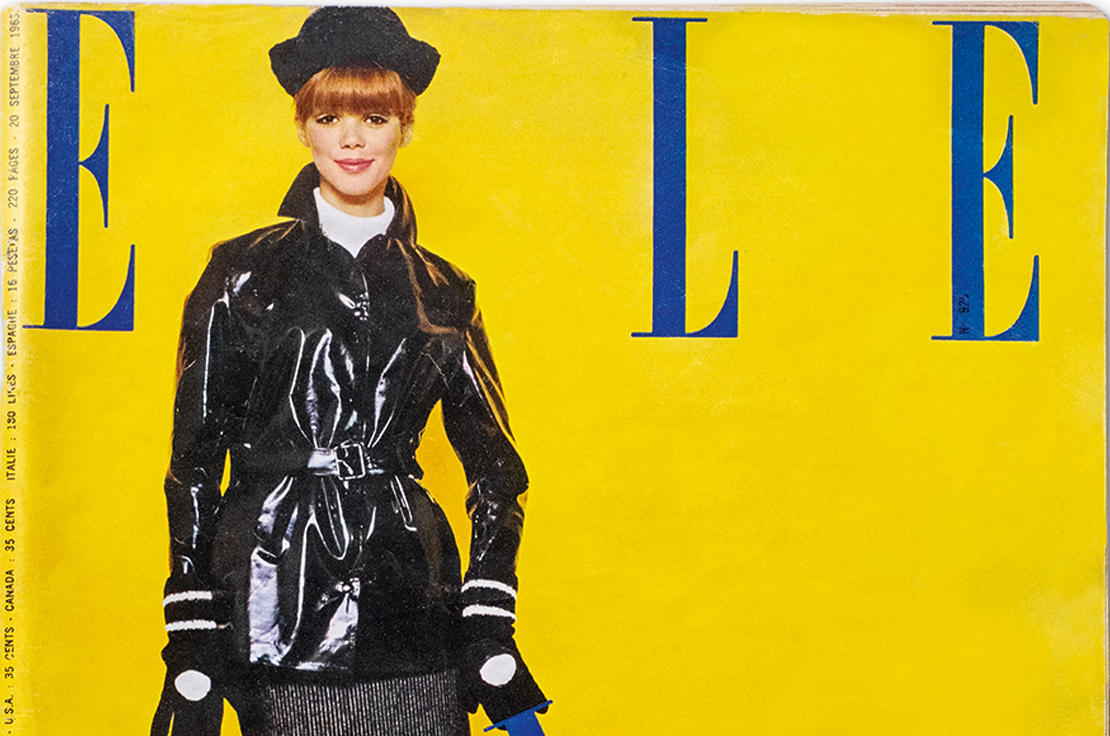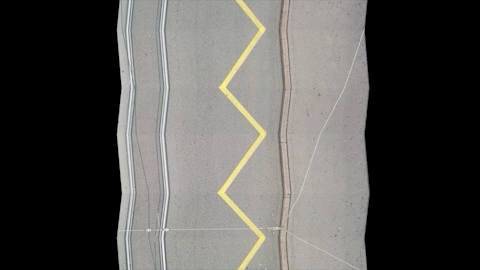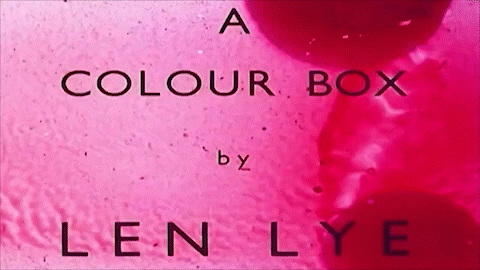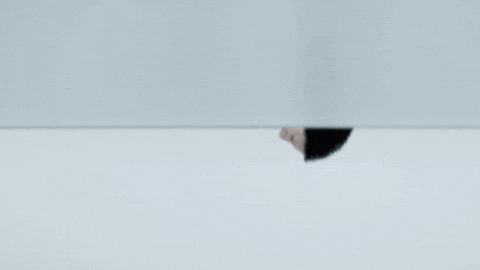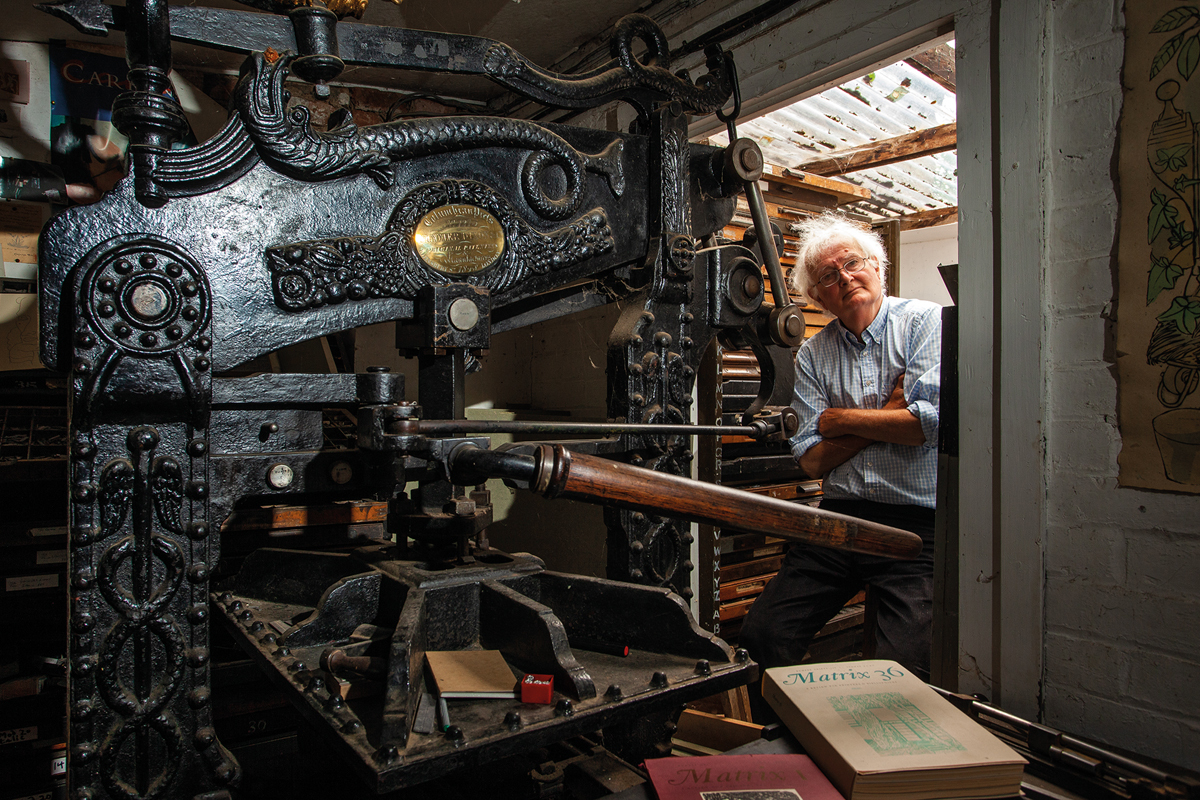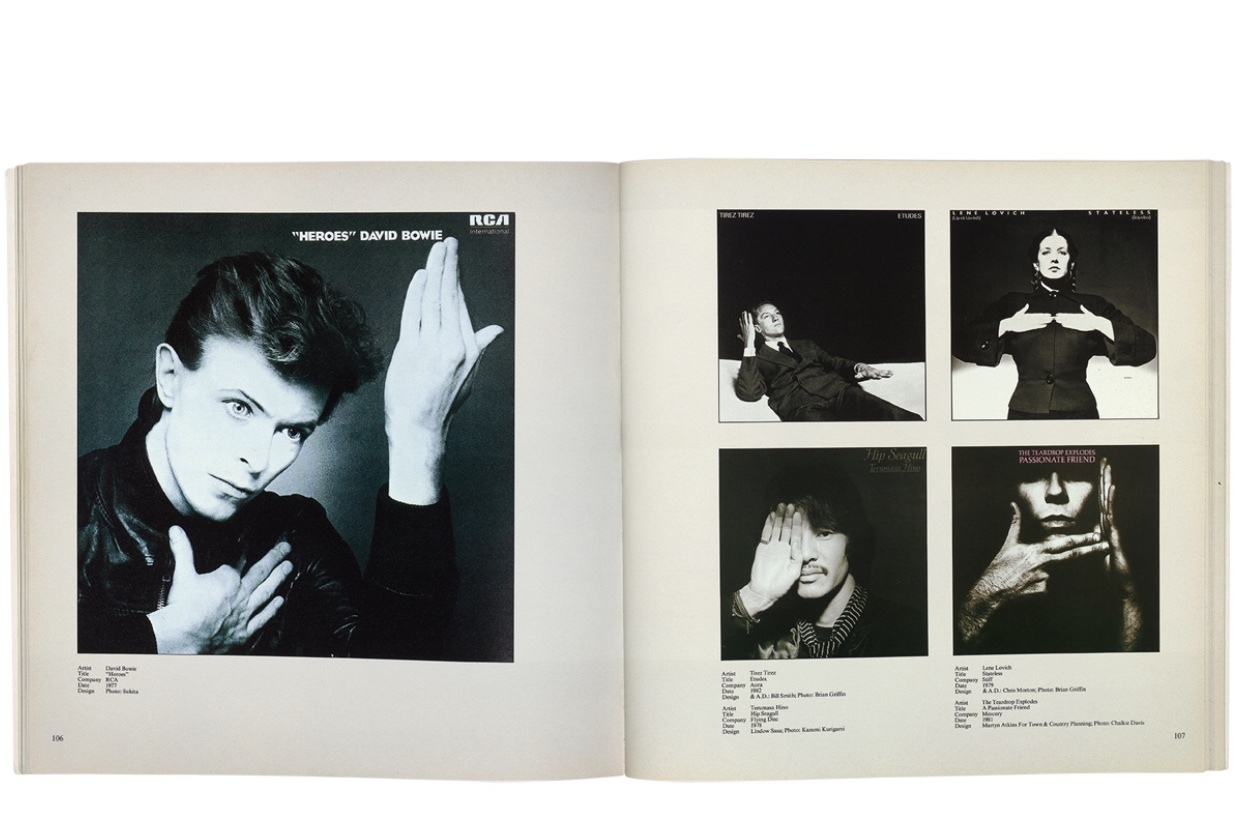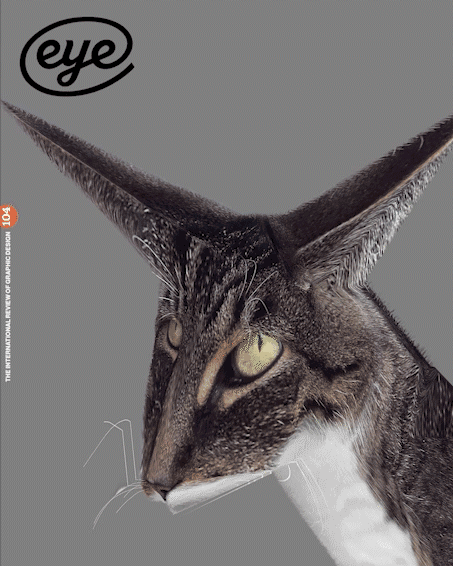
Opinion
Editorial,
John L. Walters
The urge to make static artwork that depicts movement has long been a human preoccupation.
Rick Poynor
Design that tells the story of its own making harks back to conceptual art of the 1960s. By Rick Poynor
Front matter,
John L. Walters
Telegraf’s second issue embodies Ukraine’s creativity and courage in the face of the Russian invasion. Report by John L. Walters
Features
Serge Ricco
‘I redesigned the Elle logotype as I thought it was too small. I wanted its letters to sit with the head of the cover model by enlarging the letter-spacing. Of all the things I’ve done, this is the one thing that was never changed.’ Interview by Serge Ricco [EXTRACT]
Steven Heller
Pentagram’s Luke Hayman has given The Philadelphia Inquirer an overhaul. By Steven Heller [EXTRACT]
John L. Walters
Motion design is everywhere. The gleaming screens of our phones, TVs and poster sites demand more and more ways to make words and pictures dance in space and time. By John L. Walters
John L. Walters
‘Motion is not an intellectual game. There is not a moment in life that’s empty of kinetic experience’ [EXTRACT]
Gabriela Matuszyk
‘By using Risograph to actually print on paper and then digitally scan it, I was able to create an authentic warmth’
John L. Walters
‘Light gets turned into graphic dots – I thought this might be a nice way of capturing that feeling without being too literal or cheesy’
Gabriela Matuszyk
‘I want to pull the viewers out of their comfort zone and, what is most important, I want to make them feel or think something’ [EXTRACT]
John L. Walters
‘It looks now like it was always the concept, but it was created from a necessity.’ [EXTRACT]
John L. Walters
‘It’s not a poster, you’re in a 360-degree universe you can play with. You’ve got to get out of the frame!’
John L. Walters
‘It was a kind of experiment between control and coincidence, which is still an important part [of] the process in my work today’
Simon Esterson
As Matrix comes to a full stop, its doughty founder talks to Eye. Photographs by Philip Sayer [EXTRACT]
John L. Walters
Rudolph de Harak gets the recognition he deserves in a new monograph by Richard Poulin [EXTRACT]
Christopher Wilson
From 1977-92, the Album Cover Albums presented a broad spectrum of record sleeve art, unintentionally raising questions about the way graphic design for popular culture is experienced, interpreted and preserved. By Christopher Wilson [EXTRACT]

